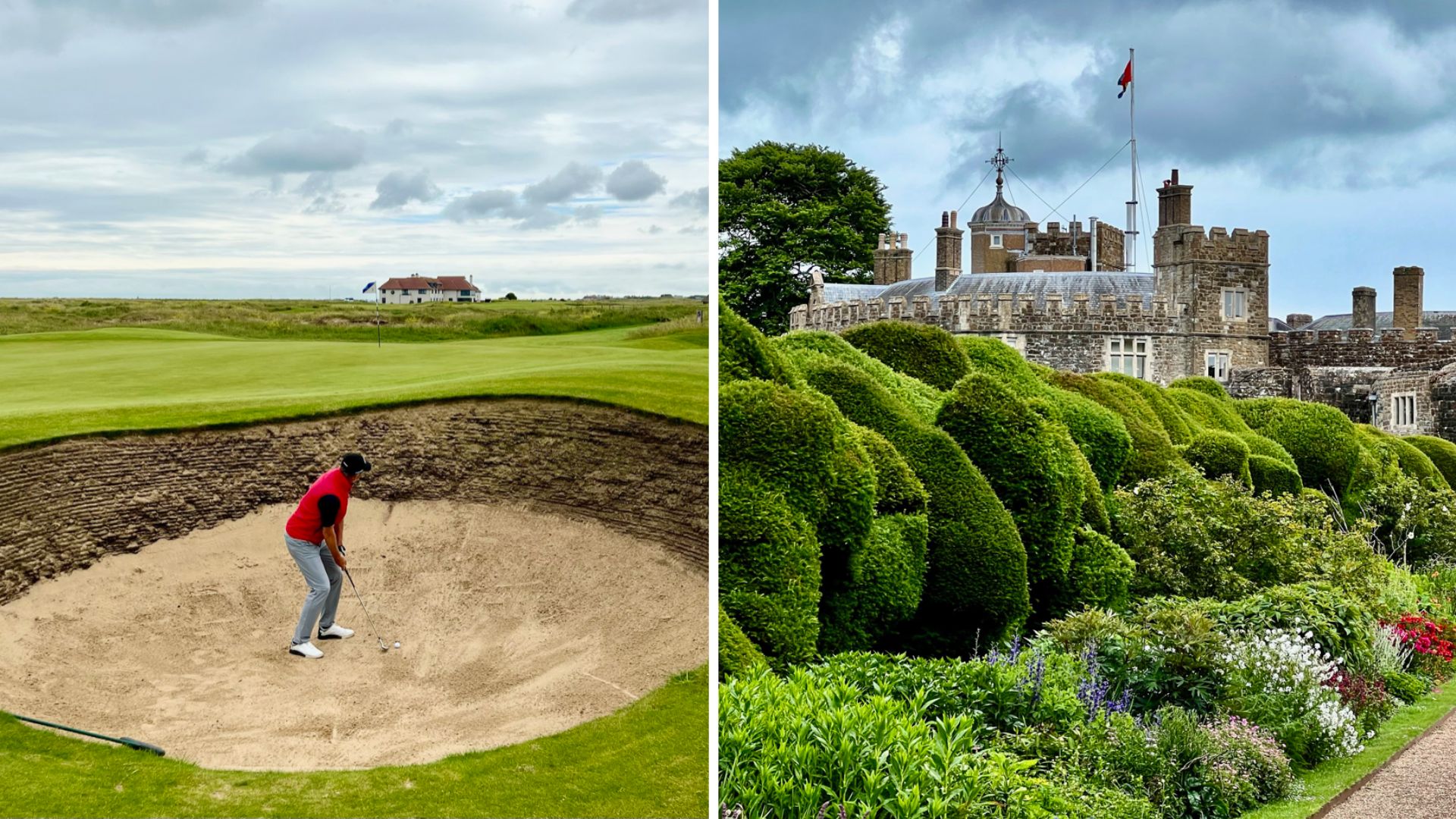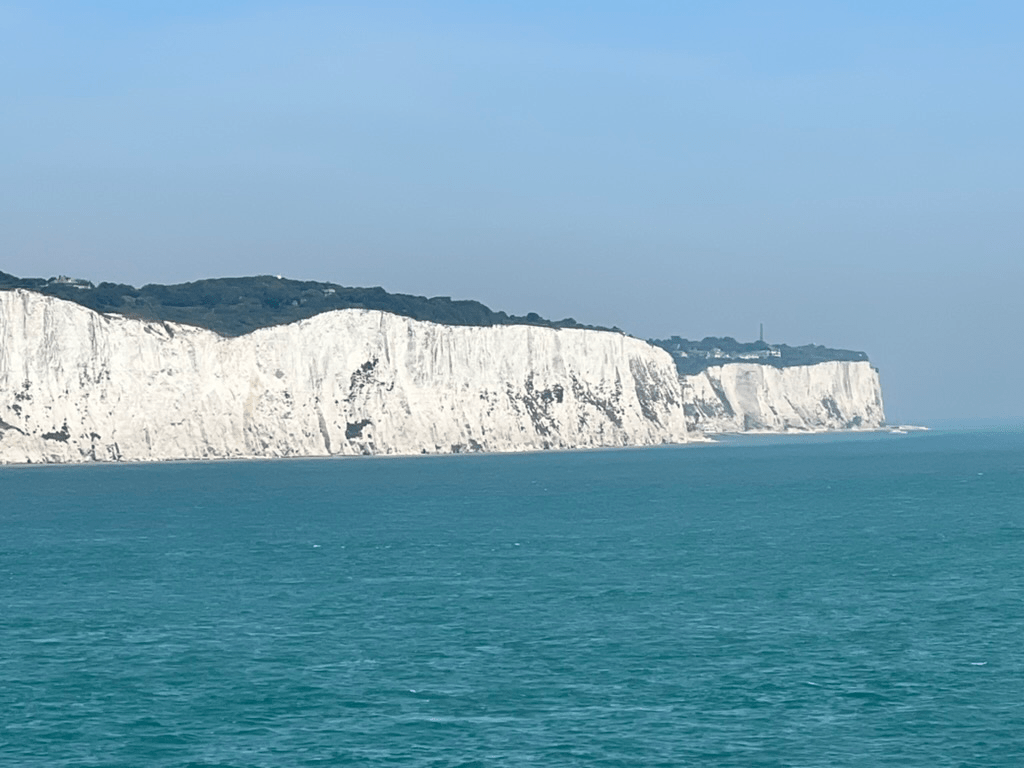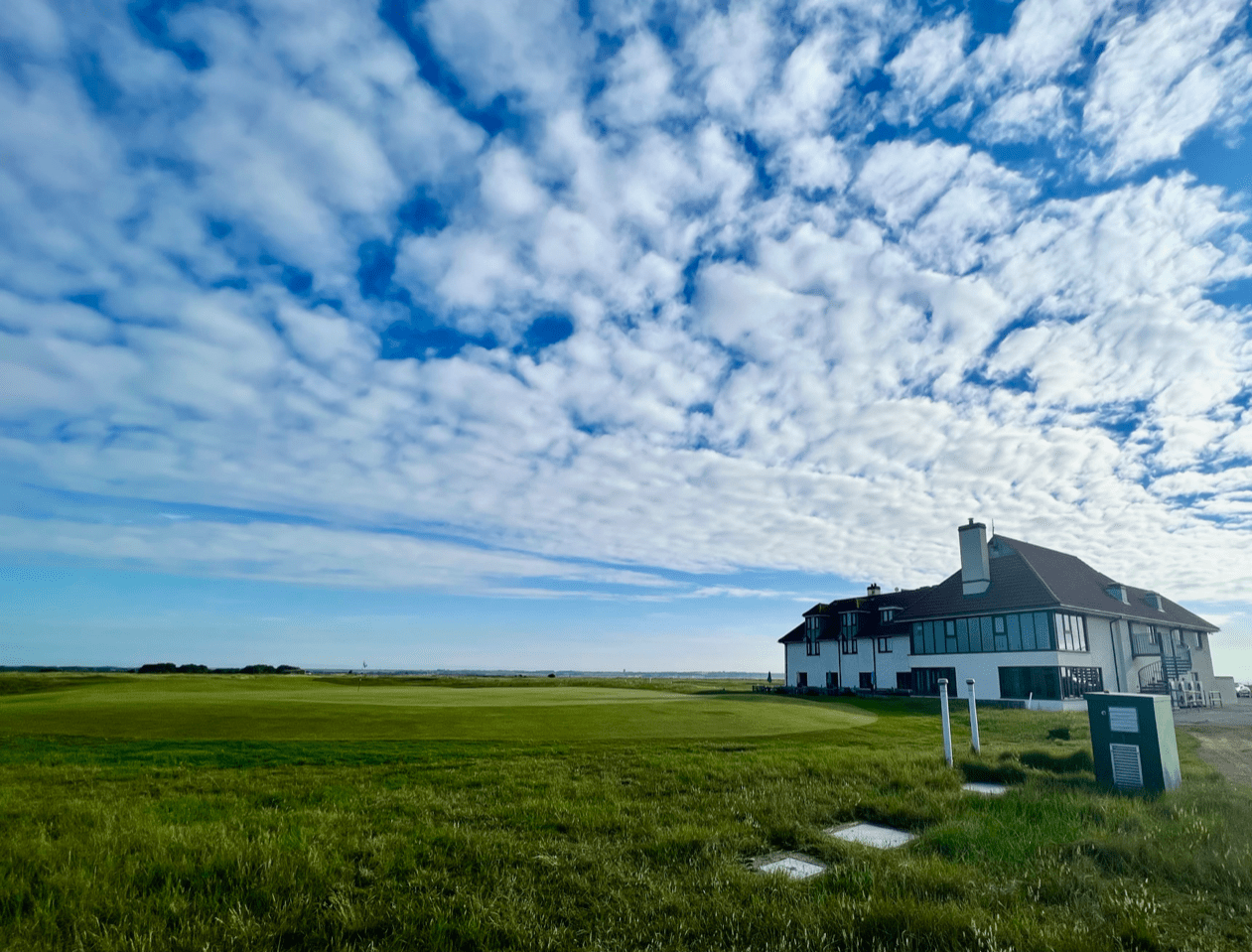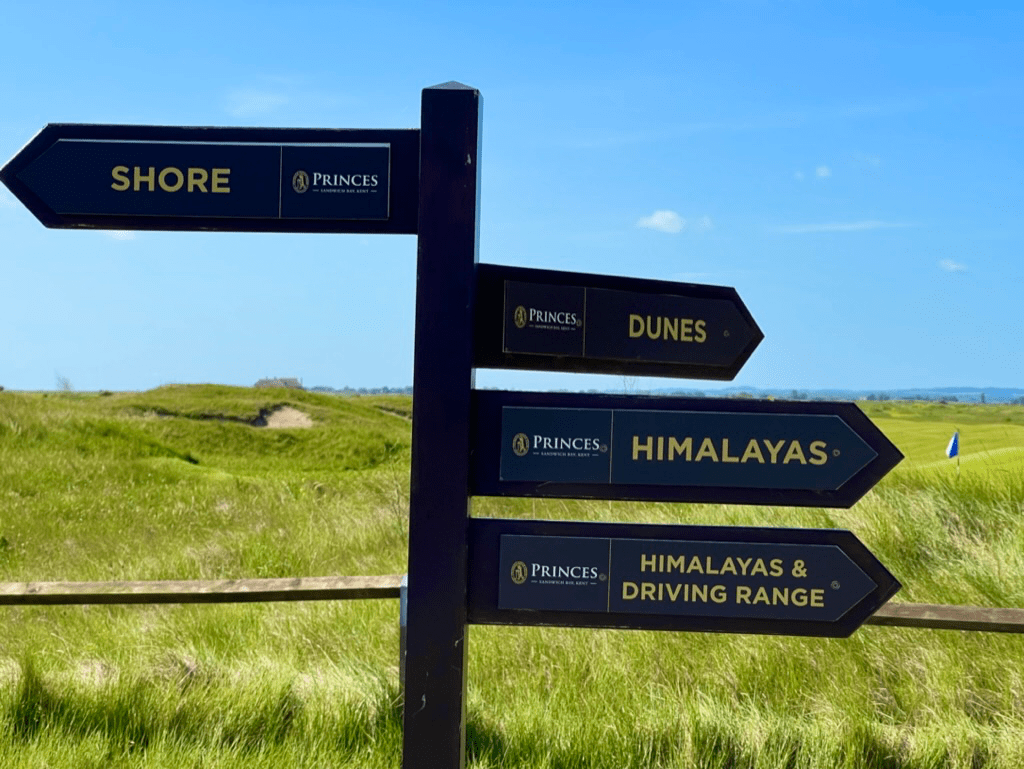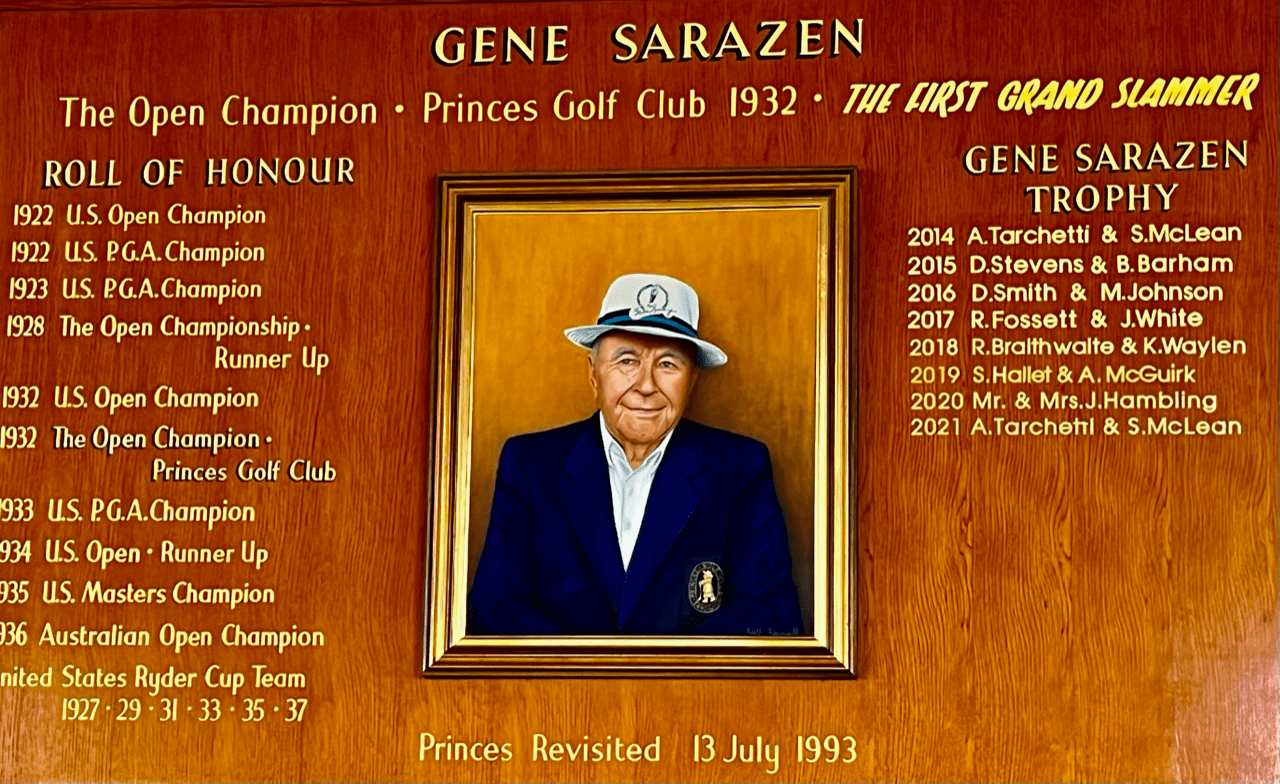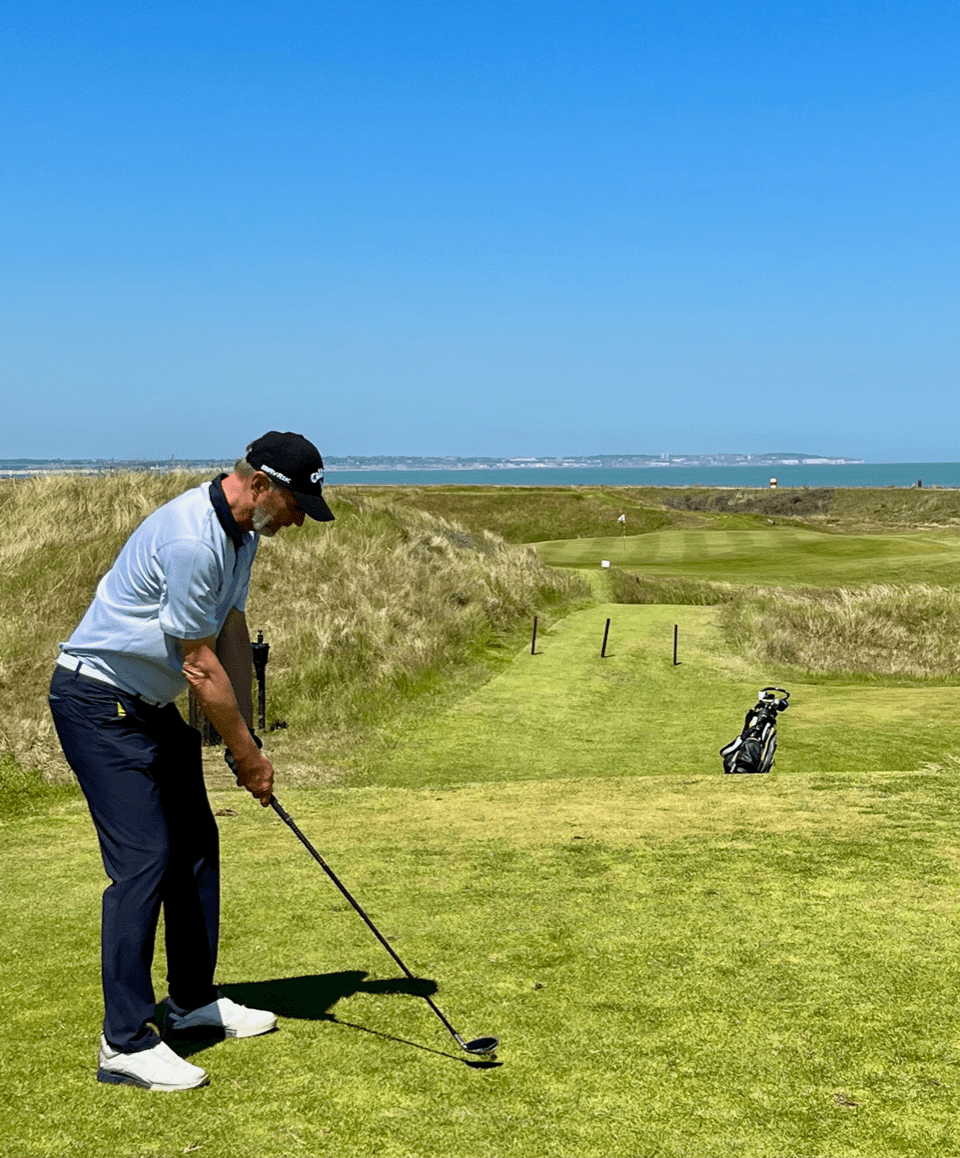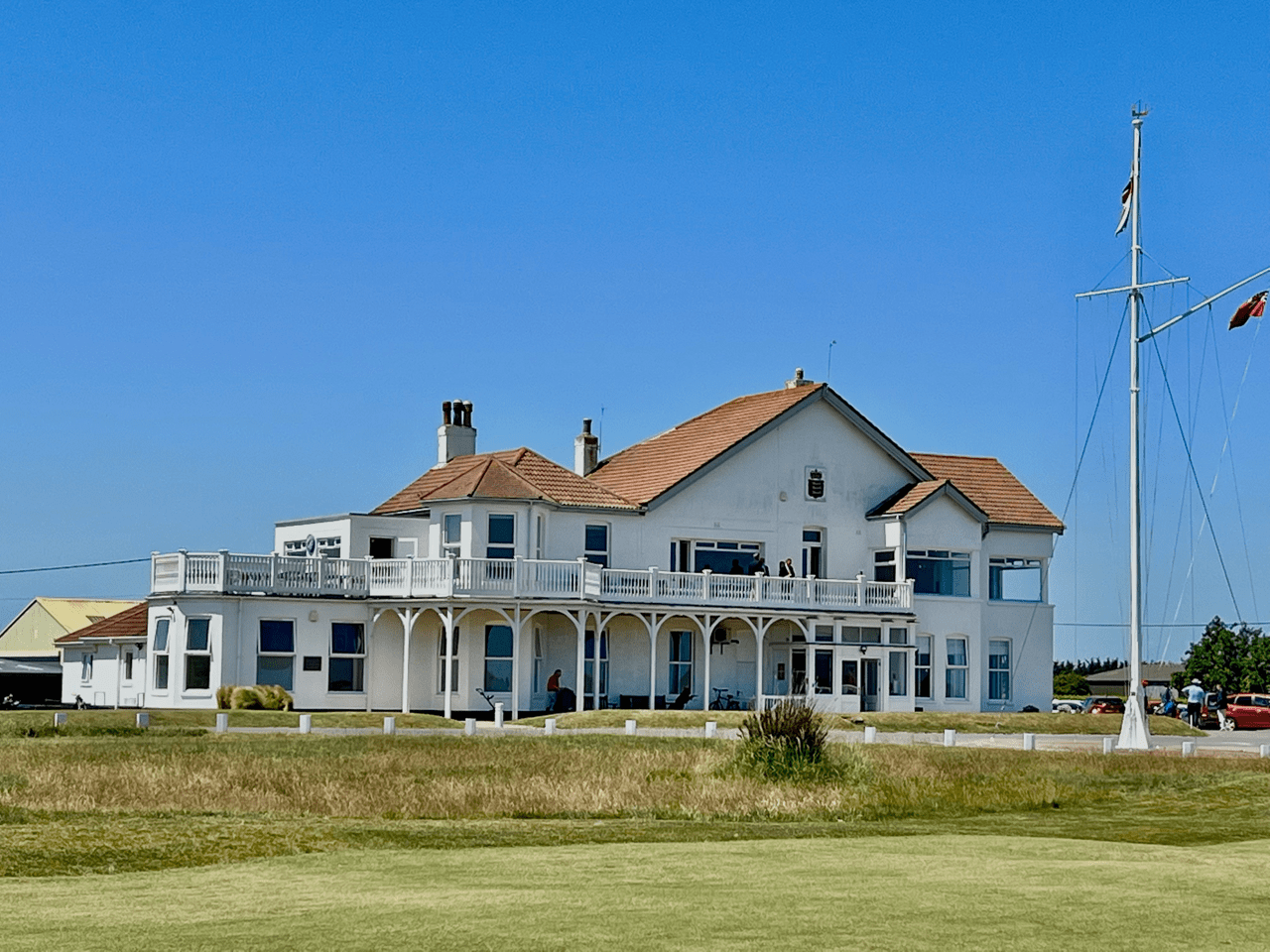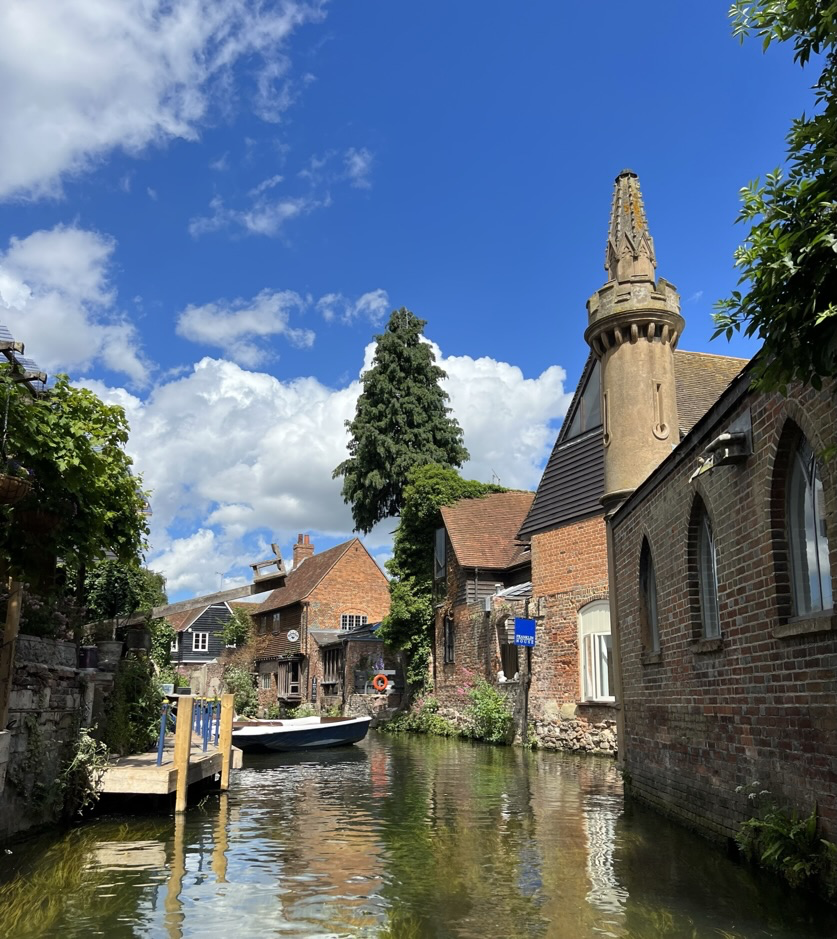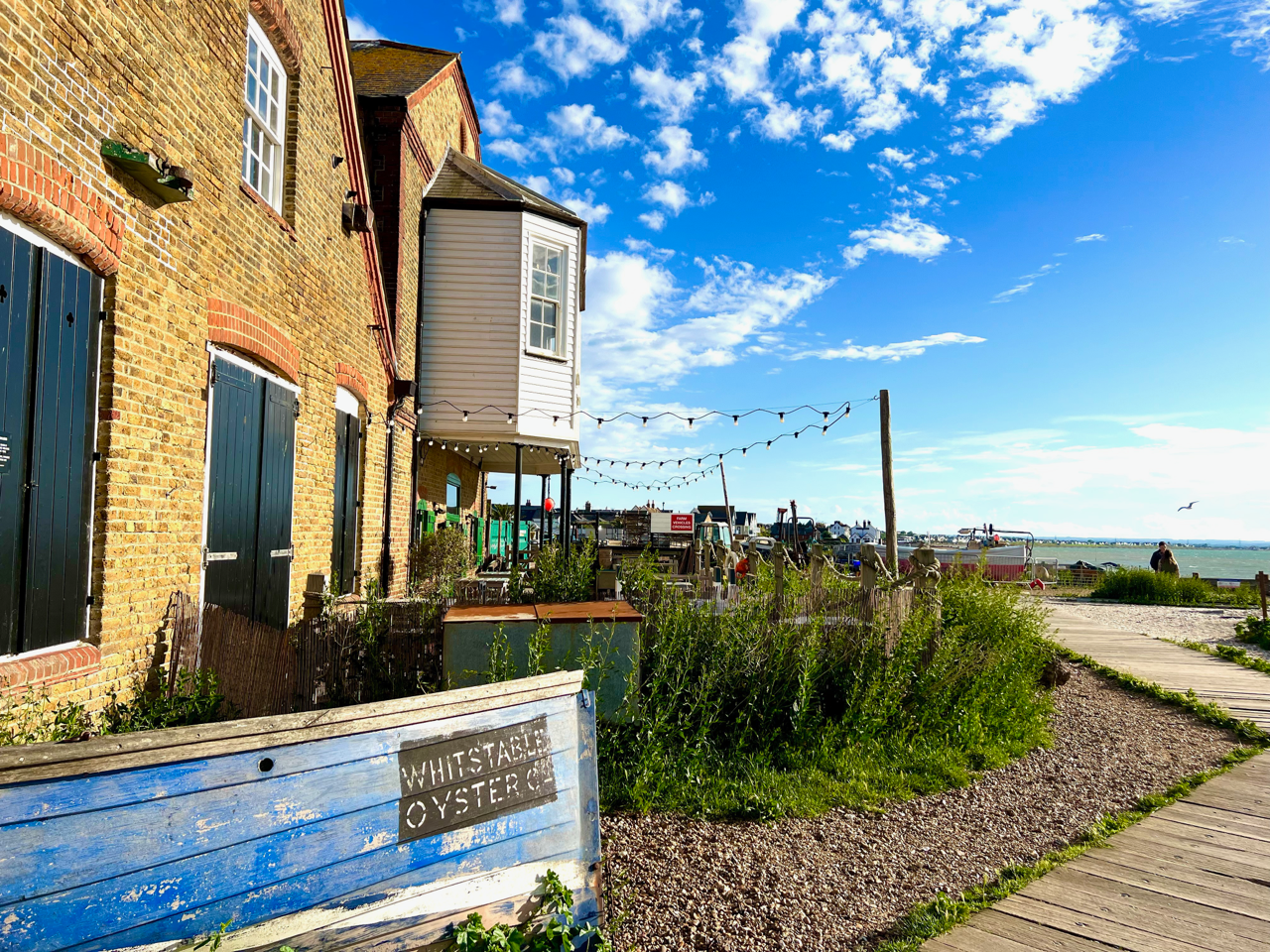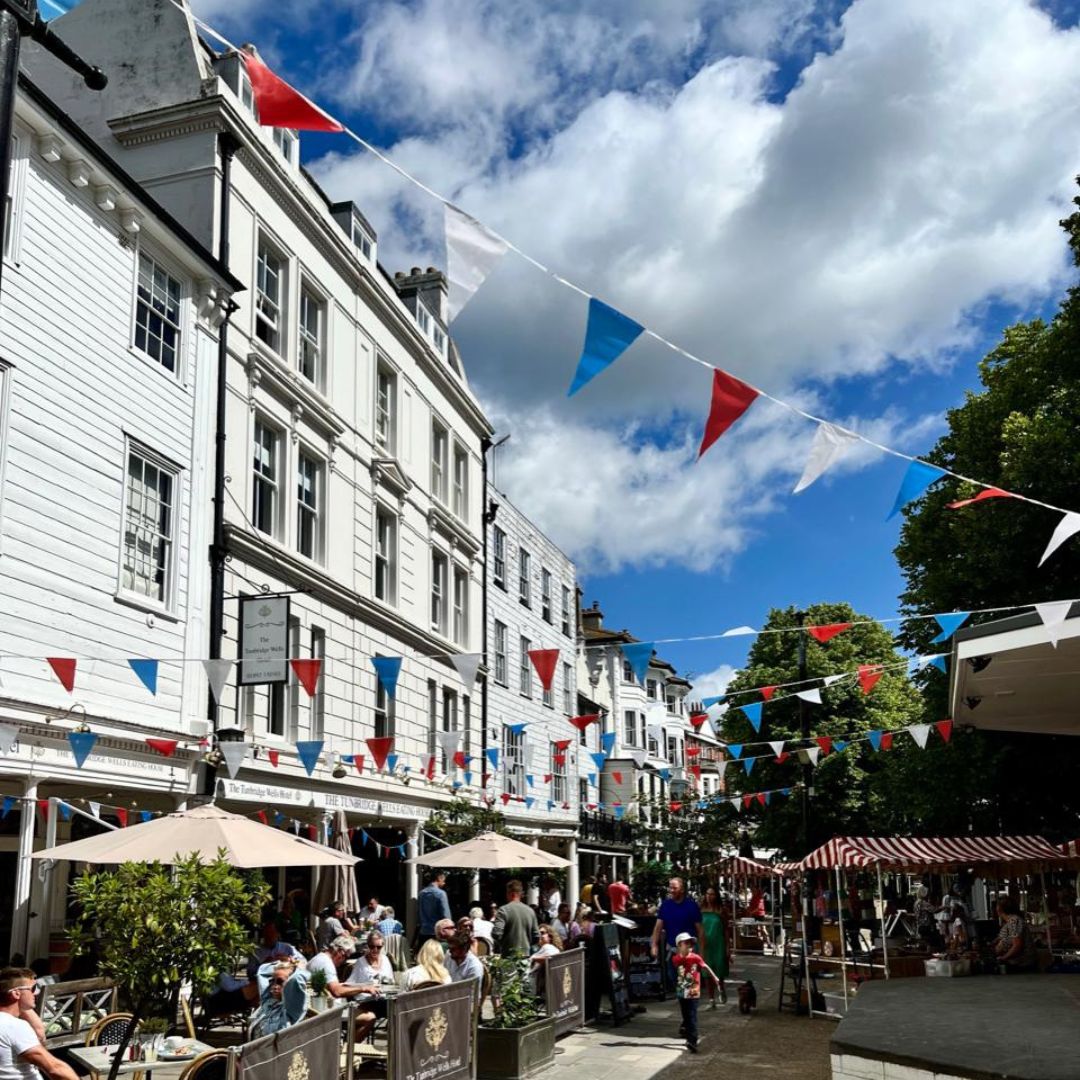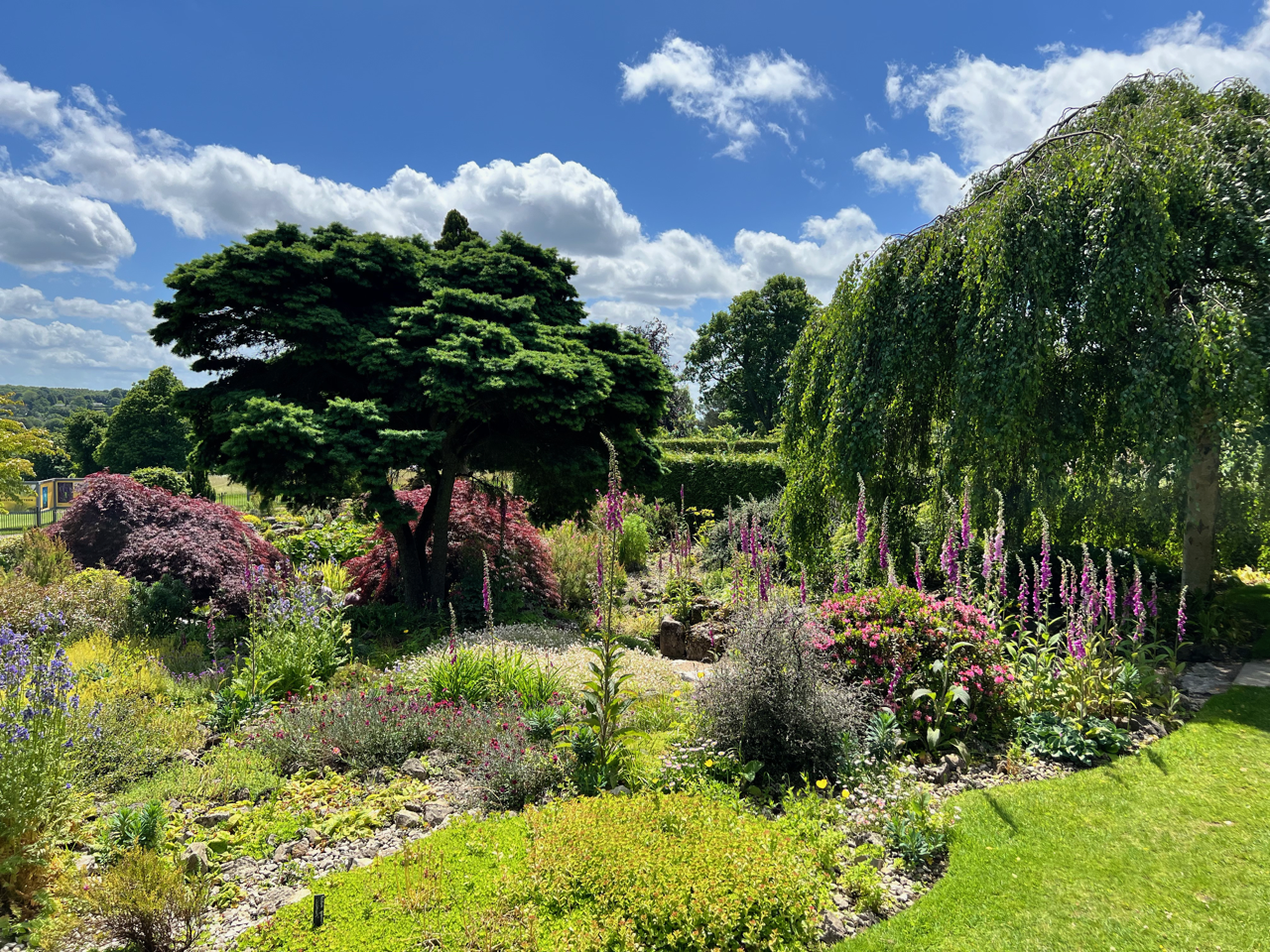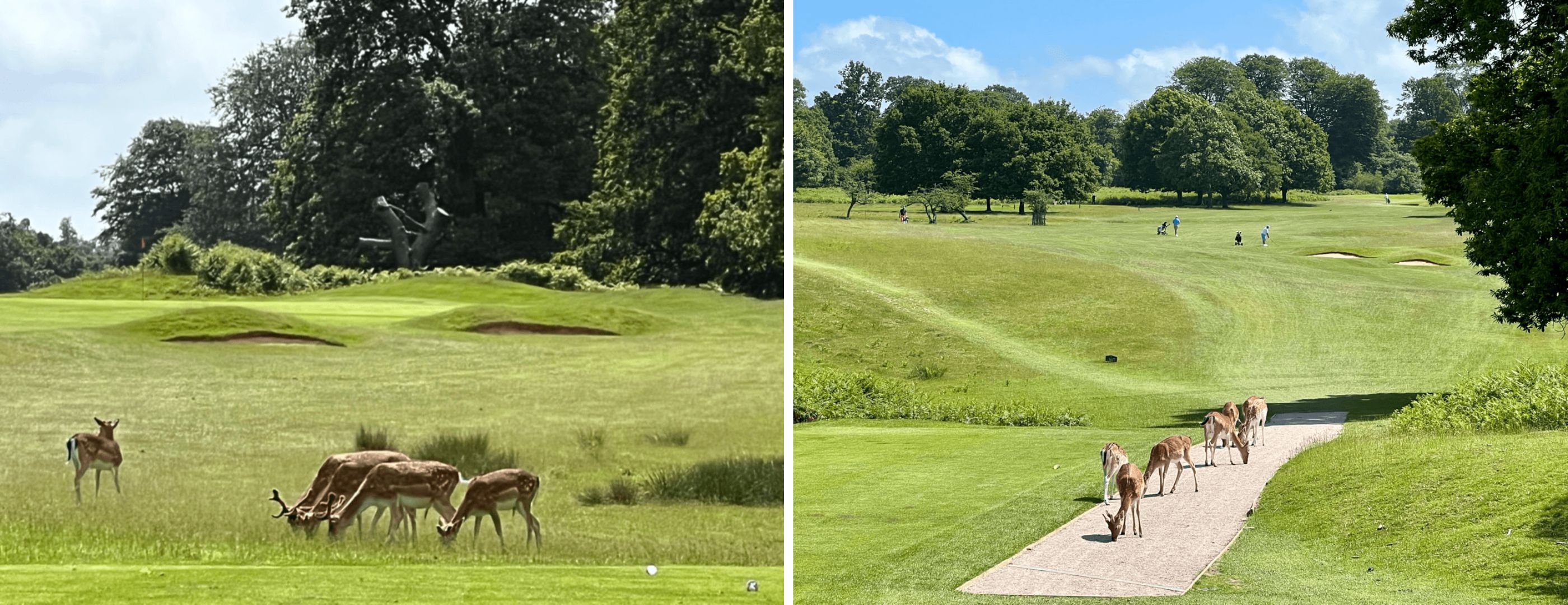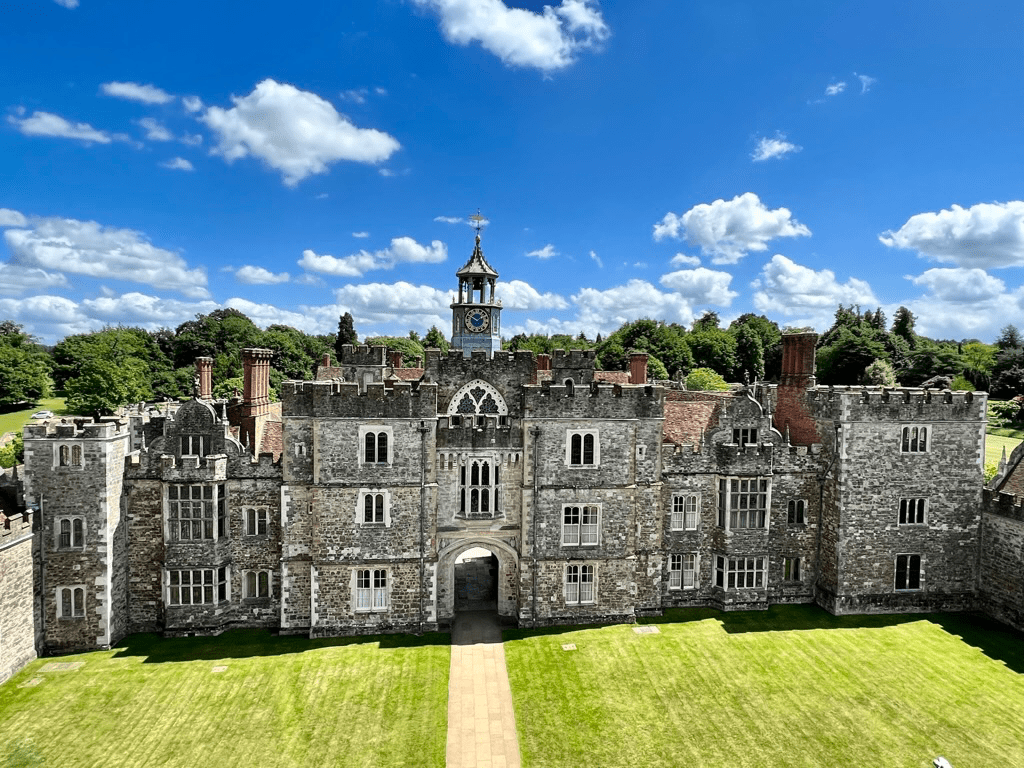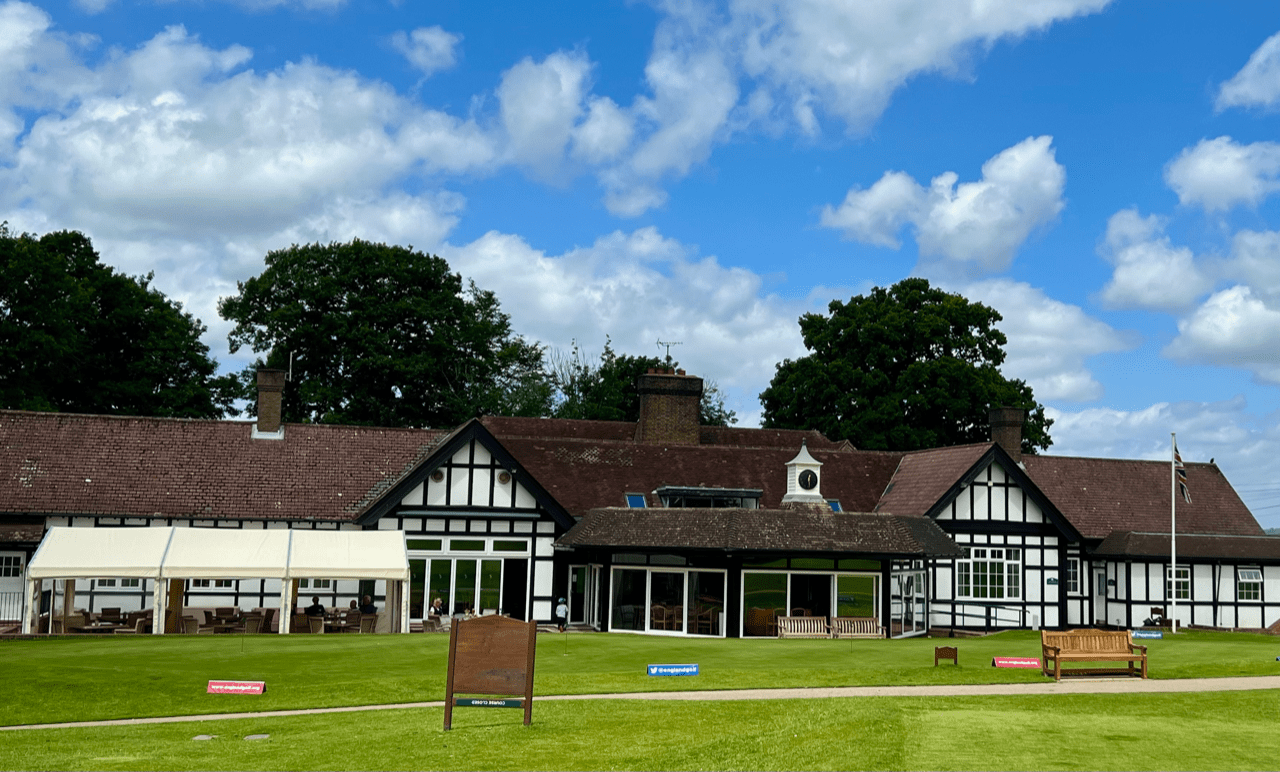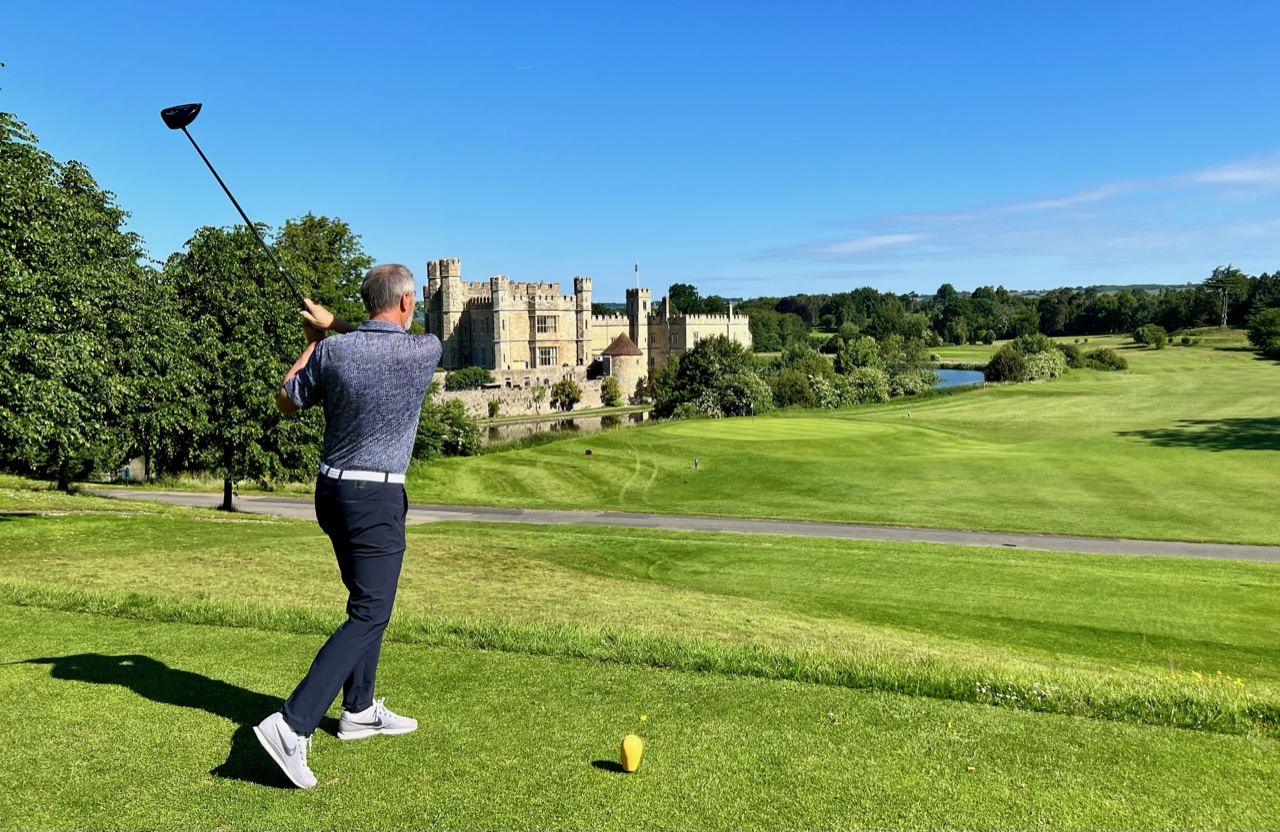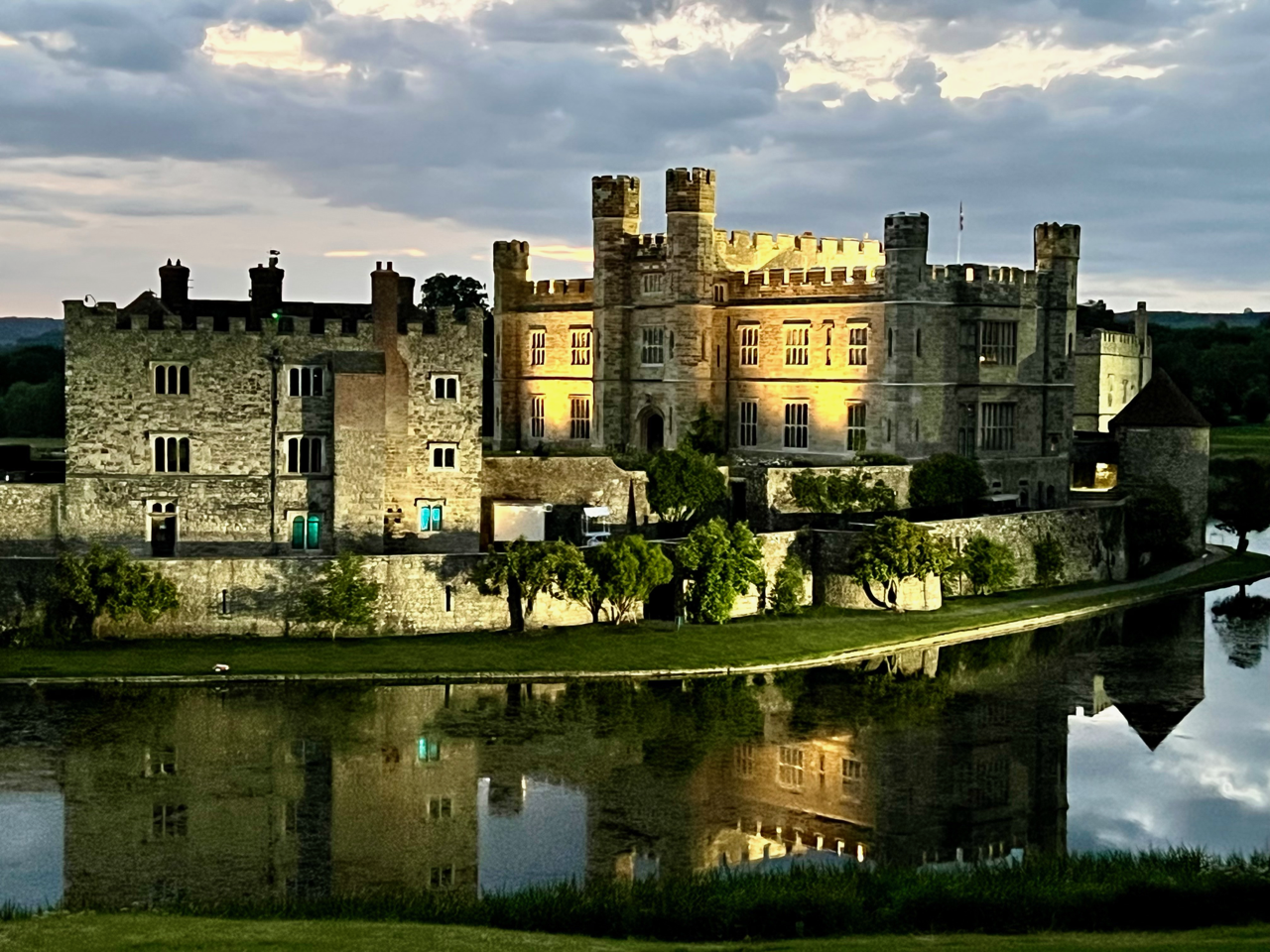Plenty of sun and fantastic golf courses
The sun shines on more than 300 days in the southern Spanish province of Andalucia. This makes it Spain’s leader among the regions with the most hours of sunshine, ahead of the Canary Islands and the Balearic Islands. Because of its more than 70 golf courses, this stretch of coast is also known as the Costa del Golf.
Residence at the highest level
Sotogrande is the largest privately owned residential complex in Andalusia. It is located in the municipality of San Roque in Cadiz and covers an area of 20 square kilometres from the Mediterranean Sea 25 km east of Gibraltar.
This year it celebrates its 60th anniversary. As one of the most prestigious residential destinations in Europe, it offers a unique lifestyle as well as a luxurious living experience. Over time, Sotogrande has retained its rich Andalusian culture, creating a charm and understated elegance that contrasts with the fast pace of modern life. At the heart is La Reserva Club, who’s gated residential communities offer large green spaces, contemporary design and living, privacy and access to the club’s and Sotogrande’s wide variety of amenities which include a private beach club, world class golf, a fabulous array of culinary options and a world-class international school.
Trendy lifestyle oasis
Among the region’s newest top hotels is the SO/ Sotogrande Resort which opened in 2021. Sotogrande’s latest five-star hotel is located at the westernmost point of the Costa del Sol. It is owned by a joint venture of Accor SO/Hotels & Resorts Group and Ennismore Fund Management Limited.


Luxury in a refreshing design
Natural colours and extravagant, bold shapes characterise the style of Spanish designer Dolores Cortes. It runs through the entire hotel, whose lightness and playfulness catch the eye as soon as you enter the lobby. These continue throughout the hotel complex and apply to every area of the former Cortijo, a Spanish farmhouse. The official name ‚The Revolutionised Cortijo‘ could not describe the hotel more accurately.

Lobby of SO/Sotogrande Resort (Photos: Juergen Linnenbuerger)
Conviviality, joie de vivre, wellness and enjoyment are written in capital letters and are met with a high-quality offer.
The management attaches particular importance to a sustainable and contemporary Andalusian lifestyle. While the exterior is kept plain white, the shady arcades, well-tended gardens and the harmoniously coordinated colour palette in the interior areas and rooms contribute to a good mood from the very first moment. Everything is spacious and generously laid out.
The hotel is nestled on a slope in the southern Spanish landscape of cork oak forests and pine groves and is hidden from view in complete tranquillity. It offers views of the sea in the distance, the gardens and the adjacent golf course.152 cosy rooms and stylish studios as well as 36 spacious suites are terraced around the pool and restaurant areas. Like my 33-square-metre, modernly furnished SO Comfy King double room, all rooms have their own balcony or terrace. The bed is a dream.

The 2,800 sqm SO/SPA & FITNESS consists of the SO/SPA and the SO/FIT. Here guests can relax in the sauna, exercise on state-of-the-art equipment and be pampered in the health and wellness centre. Two outdoor pools invite you to cool off.
Families with children are also very welcome at the resort. In the SO/KIDS CLUB, which is open daily, the youngest children feel just as much at home as they do in their own pool.
Pop-up dining concept
The palate is pampered in four bars and restaurants. I was particularly impressed by the SO-HI Lounge and the Cortijo with its tapas bar and restaurant. They serve tasty snacks, light lunch menus and traditional, typical Andalusian dishes.


The service throughout the hotel is extremely professional, attentive and friendly.
An evening at the nearby restaurant of the Trocadero Sotogrande, a beach club located directly on the beach with a fantastic view of the Rock of Gibraltar, is a must. Alternatively, you can spend the end of the day in the Cancha II restaurant of the nearby Ayala Polo Club, which is one of the world’s leading polo clubs.
From the hotel directly to the golf course
Directly on the hotel grounds is the Almenara Golf Course with 3x 9 holes. The course was designed by British golf course architect Dave Thomas and recently redesigned by legendary Spanish player Manuel Piñero. It is one of the most extensive on the Costa del Sol and borders Los Alcornocales Natural Park.


I play the Lagos loop, whose ponds dominate the course playfully and visually. Two 9-hole loops are always open. A driving range would be nice, but it is not available yet – though I’m told there are plans. In addition to the water hazards, the course is characterised by its beautifully laid out fairways and the extremely hilly and completely quiet terrain, surrounded by old trees. It is fair, a pleasure to play and allows for a good score.Despite the dryness, the course is in good shape. It is a great introduction and an affordable alternative to the more expensive championship courses in the area. The green fee for hotel guests for nine holes is € 85,- incl. buggy.
Elite courses in the immediate vicinity
The resort offers attractive stay-and-play packages that include playing Spain’s top golf courses nearby.
La Reserva Club is one of them. It is the youngest but longest of the championship courses in Sotogrande. We play from yellow and have 6,048 metres to cover. It is currently number six in the Spanish ranking.
The very hilly course was established in 2003. It leads uphill and downhill through two idyllic valleys surrounded by old, dense trees. Since 2014, it has hosted tournaments of the European Tour and more recently the ladies’ ARAMCO Team series.
The layout is imposing. The fairways are wide, the greens are large, extremely fast and well protected by large bunkers. Their white sand shines in the sun. Water comes into play on a total of six holes.
The course is an experience, its elevated tees and views are magnificent, its condition without any criticism. It is sportingly demanding, but fair. Good shots are rewarded, bad ones punished.
The imposing clubhouse in the style of a hacienda is enthroned at the highest point of the course behind the 18th green. The single green fee incl. buggy costs from € 180,- depending on the season and course utilisation.


After the round, we relax at the avant-garde La Reserva Club with its adjoining The Beach, located directly below the clubhouse. An man-made lagoon with a sandy beach for families, a separate garden with a pool for adults only and a lake where only water sports are practised are part of the exceptional offer.
Spain’s ultimate
The golfing highlight in Sotogrande is the 18 holes of the Real Club Valderrama, founded in 1974. It is the undisputed number one in Spain. The club was awarded the designation ‘Real’ by the Spanish King Juan Carlos in 2014. It has become known through numerous international tournaments, such as the Ryder Cup in 1997, which was held on continental European soil for the first time.
Characteristic of the extremely challenging, hilly course are the fairways, which are lined with centuries-old, gnarled cork oaks. If you don’t hit them or don’t hit them in the right place, the crowns of the trees often get in the way on the next shot and require a recovery shot.
The greens are mostly small, furiously fast and often slope up towards the back. The thick rough reaches right up to them. This is already a huge challenge for professionals, but almost impossible to master for amateurs. The blades of grass wrap around the balls, which would disappear never to be seen without the trained eyes of the forecaddy.
Precision is required on the course before length. On the par 71 course, I have to cover a length of 5,520 m from the yellow executive tees.Each hole is different and remains in the memory. The highlight for me is the fourth, a par 5 with a steeply rising green that is protected on the side by a water hazard. Many dreams of a good score have been dashed here. The layout is exceptional and the maintenance of the course is impeccable.


The impressive Members Club and the great impressions of the championship course are hard to beat. Non-members can also enjoy the opportunity to play. The green fee for the once in a lifetime experience is € 450,- in high season. In addition, there is the fee for the caddy plus tip.
Old and New Course
The noble San Roque Club is the finale of our golf trip. It is one of the most exclusive clubs in Europe and is located a good quarter of an hour from the hotel. Of its two 18-hole championship courses, the Old Course is the better known. It was designed by Dave Thomas in 1991.
It hosted 15 European Tour Qualifying School Finals from 1993-2007 and the Spanish Open in 2005. In recent years, it has been extensively renovated and equipped with a new irrigation system, new grass and bunkers. New practice facilities have been added as a new driving range as well.We play the redesigned Old Course, which is slightly hilly and partly surrounded by imposing villas. The conditions are excellent. Strategic play is required here. It is better to leave the driver in the bag, especially on the various doglegs. A three wood is usually sufficient. The greens are a dream, easy to read and not too fast.


Customer orientation is written in capital letters throughout the club. The friendliness of the staff is striking. The green fee starts at € 180,- in the high season.
If you want to enjoy and golf at the highest level, the region of Sotogrande and SO/ Sotogrande are the place to be. It comes as no surprise that the resort has been nominated for the World Luxury Hotel Awards in 2022 in the categories Luxury Lifestyle Hotel & Luxury New Resort. I am already curious about the result of the vote.With the hotel shuttle, the drive back to the airport in Malaga via the motorway takes less than an hour and Gibraltar airport is just 20 minutes away. Enough time to review the wonderful impressions.

